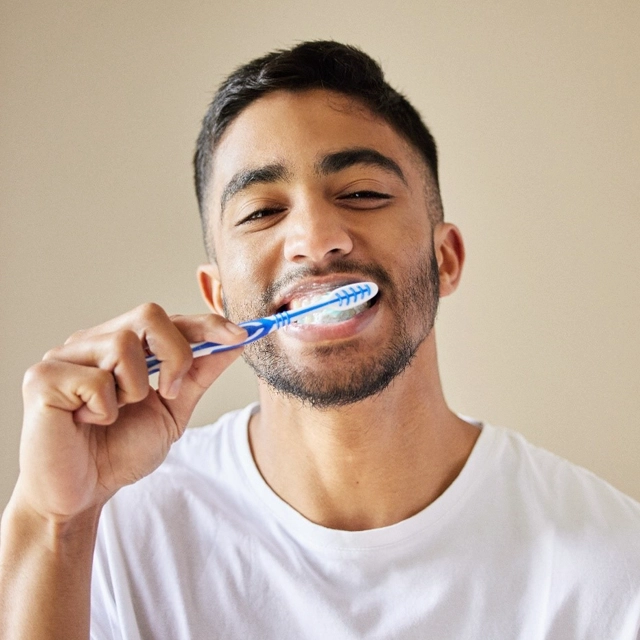
Caring for Your Smile After Cosmetic Dental Reconstruction
For some patients at high risk for dental issues, even more personalized routines may be necessary. Simple, inexpensive additions such as the use of naturally-derived sweeteners like Xylitol, when used in the right dosage and exposure times, can significantly reduce disease activity.
At our clinic, we strive to provide professional and personalized care to ensure our patients maintain a healthy and beautiful smile.
Instructions for Dental Crowns and Bridges
Caring for Temporary Crowns
If a temporary crown comes loose, please call us at (512) 738-8372 and bring the temporary crown with you for re-cementing. Keeping the temporary crown in place is essential to prevent other teeth from shifting and to ensure a proper fit for your final restoration.
To maintain your temporary crown, steer clear of sticky foods and hard items, and try to chew on the opposite side of your mouth. Continue your regular brushing routine but floss gently to avoid dislodging the temporary crown—always pull the floss out to the side.
You may experience some temperature and pressure sensitivity after each appointment, which should subside within a few weeks after the final restoration is placed. If your bite feels uneven or if you have any concerns, please contact our office at (512) 738-8372.
Recovery Guidelines After Tooth Extraction
Following a tooth extraction, forming a blood clot is critical for stopping bleeding and initiating the healing process. Bite down on a gauze pad for 30-45 minutes immediately after the procedure. If bleeding continues, replace the gauze pad and bite down firmly for another 30 minutes, repeating as needed.
Once a blood clot forms, it's important to avoid disturbing it for proper healing. For the next 72 hours, refrain from rinsing your mouth vigorously, using straws, smoking, drinking alcohol, or brushing the teeth near the extraction site. These actions can dislodge the clot and hinder healing. Additionally, limit vigorous exercise for the first 24 hours to prevent increased blood pressure, which could lead to additional bleeding.